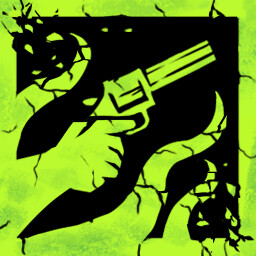Steam 설치
로그인
|
언어
简体中文(중국어 간체)
繁體中文(중국어 번체)
日本語(일본어)
ไทย(태국어)
Български(불가리아어)
Čeština(체코어)
Dansk(덴마크어)
Deutsch(독일어)
English(영어)
Español - España(스페인어 - 스페인)
Español - Latinoamérica(스페인어 - 중남미)
Ελληνικά(그리스어)
Français(프랑스어)
Italiano(이탈리아어)
Bahasa Indonesia(인도네시아어)
Magyar(헝가리어)
Nederlands(네덜란드어)
Norsk(노르웨이어)
Polski(폴란드어)
Português(포르투갈어 - 포르투갈)
Português - Brasil(포르투갈어 - 브라질)
Română(루마니아어)
Русский(러시아어)
Suomi(핀란드어)
Svenska(스웨덴어)
Türkçe(튀르키예어)
Tiếng Việt(베트남어)
Українська(우크라이나어)
번역 관련 문제 보고
































































History
As the early days of "hardcore techno" or just "hardcore" began to settle in Europe, breakcore as a genre began to take more concrete forms in other parts of the world. Inspired by new labels such as Addict, from Milwaukee, US; Peace Off from Rennes, France; Sonic Belligeranza from Bologna, Italy; and Planet Mu, from London, it began to take a new shape, adding in more elements of mashup and IDM[6] to the hardcore sounds. Each of these labels began to draw in aspects of their own social and aesthetic scenes into their music, allowing for an even broader definition of what was possible in the music.
In Europe, the breakcore genre was solidified by raves and club events such as Belgium's Breakcore Gives Me Wood
Uh, let's see, first there's an introductory greeting from the company that I'm supposed to read. Uh, it's kind of a legal thing, you know. Um, "Welcome to Freddy Fazbear's Pizza. A magical place for kids and grown-ups alike, where fantasy and fun come to life. Fazbear Entertainment is not responsible for damage to property or person. Upon discovering that damage or death has occurred, a missing person report will be filed within 90 days, or as soon property and premises have been thoroughly cleaned and bleached, and the carpets have been replaced."